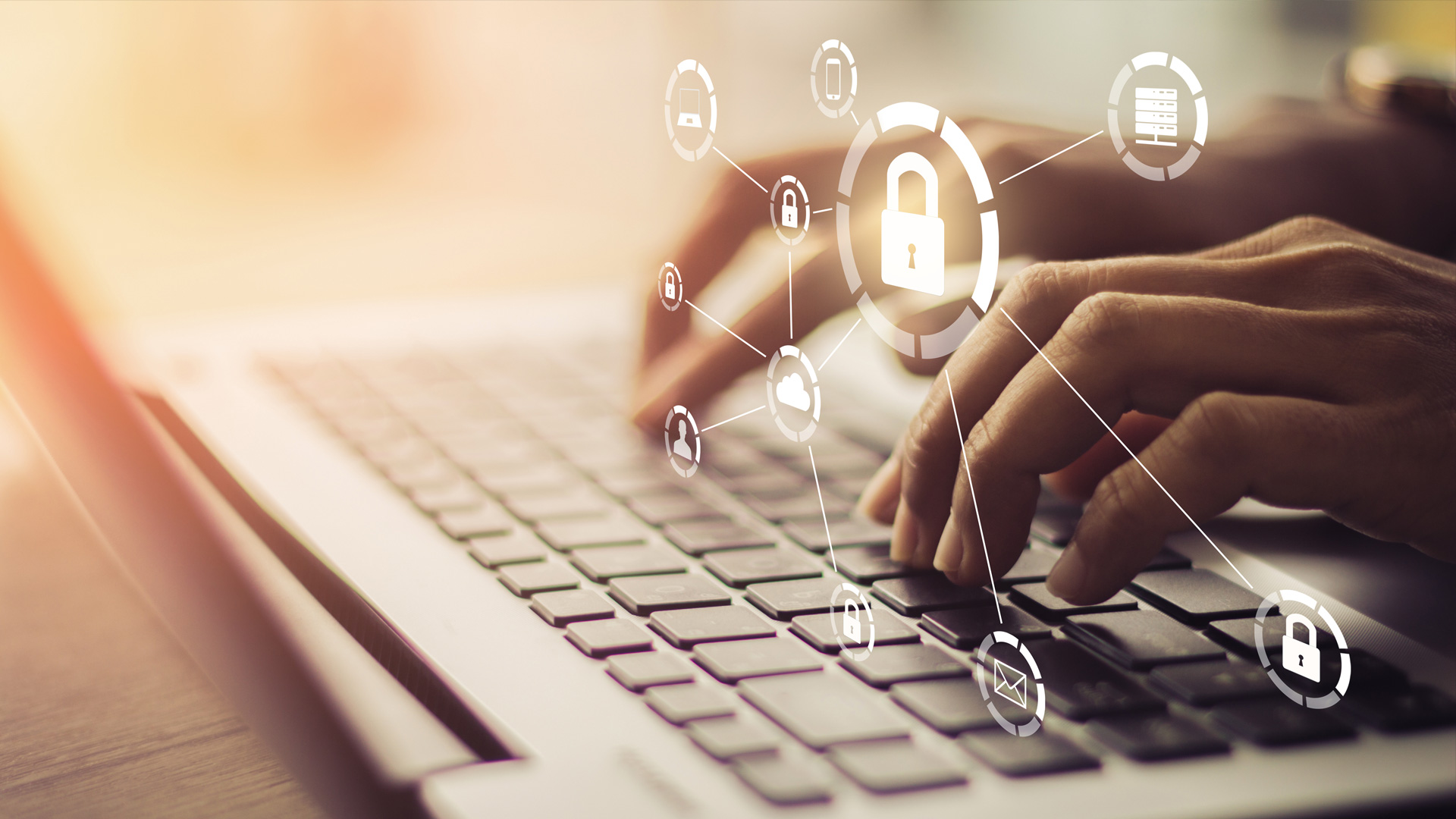

- Secure email solutions for cell phone software#
- Secure email solutions for cell phone code#
- Secure email solutions for cell phone password#
For stronger security, organizations handling sensitive data should consider fingerprint scanning.

What’s more, facial recognition can be prone to false negatives, caused by glasses, makeup or just different ambient lighting. Even sophisticated facial recognition technologies have a higher FAR than the advanced fingerprint authentication options discussed below.
Secure email solutions for cell phone software#
If the facial recognition software doesn’t map the user’s face in three dimensions, authentication could be spoofed with a photo of the user. Your device just needs to be angled toward your face.īut facial recognition does come with security limitations. With facial recognition, unlocking your device is almost instantaneous. Facial recognitionįast, easy and convenient, facial recognition is a great option for consumers and many business users. With that in place, it’s time to evaluate the security, complexity and ease of access provided by the biometric authentication methods available today. Once you’ve settled on and established a strong last line of defense, you can build on top of that foundation with biometrics.
Secure email solutions for cell phone password#
You should always avoid using the same password for multiple accounts, setting a PIN that’s associated with a birthday or familiar sequence of numbers, and dragging a pattern in front of others who can easily memorize it. Regardless of which method you choose to employ, make sure you follow best practices to ensure you create a strong password, pattern or PIN. Patterns are definitely the most convenient option, but they are also the weakest option for authentication, as they further reduce the potential combination of digits and can be guessed by someone observing you unlock your phone or even by the smudge marks left behind by your finger after swiping the pattern. You can unlock your phone by drawing this pattern on the screen with your finger. It eliminates numbers and replaces them with a connected pattern set by the user. Pattern-based authentication is often considered an evolved form of PINs. Some users prefer PINs because they are faster to enter on the phone’s keypad, but it’s typically easier to remember long passwords than long strings of numbers. A strong PIN should also be lengthy - at least 8 digits. PINs are essentially a weaker version of passwords, since they only consist of numbers. While this complexity may prove difficult to remember, it affords far more possible combinations, making it more difficult to crack. A strong password should consist of 8 or more letters, numbers and symbols and include at least one uppercase letter in the sequence. Passwords are the most ubiquitous form of authentication for a reason. That frees you up to set an extra-strong password, since you won’t need to input it constantly.īut this raises the question: Which is the best traditional authentication method for your needs? Password, pattern or PIN? Having biometrics on your device doesn’t replace the need for a traditional authentication method - it just gives you the convenience of not having to enter your password, pattern or PIN every time you sign in. However, keep in mind that if someone were to learn your password, pattern or PIN, they could use it to unlock your phone, delete your biometric identification and add their own.
Secure email solutions for cell phone code#
Then, you can choose to add a biometric authentication option, which you can use as a more convenient way to access your mobile device instead of manually entering your code every time. When you first get your phone out of the box, you should set a password, PIN or pattern to protect your device. Why you need a strong password even with biometricsīefore digging into biometrics, it’s vital to note the role of traditional device unlock methods, like passwords, patterns and PINs. Here’s a quick rundown of authentication best practices, the biometric authentication options available today and how their security compares. The latest phones in Samsung’s lineup, including the new Galaxy S21 series, feature an ultrasonic, in-display fingerprint sensor, which creates a 3D image of your fingerprint - and it’s more secure and accurate than traditional capacitive fingerprint readers.


 0 kommentar(er)
0 kommentar(er)
